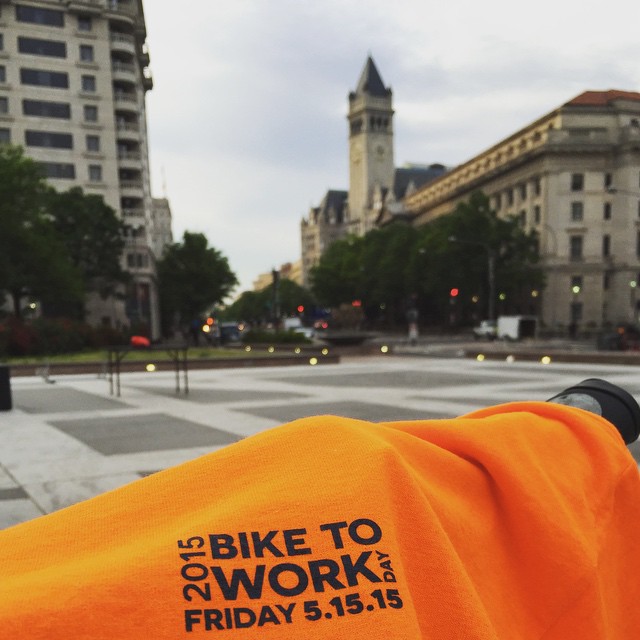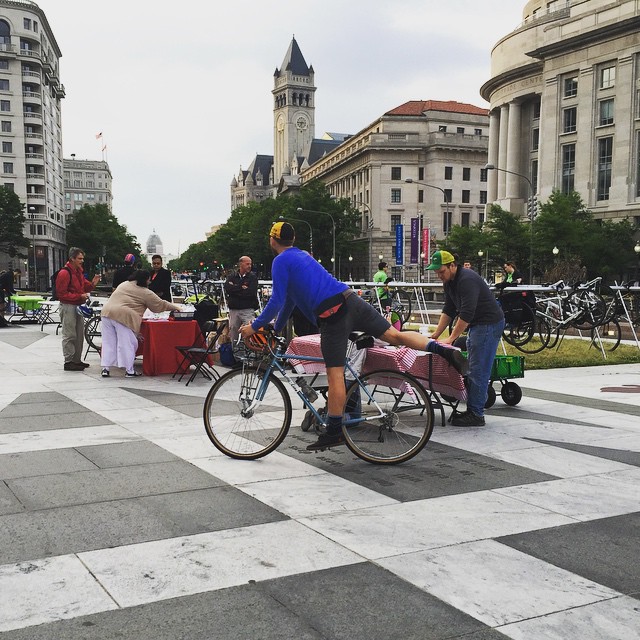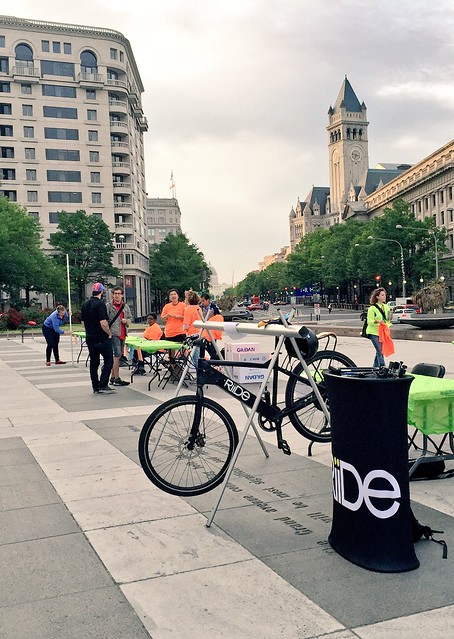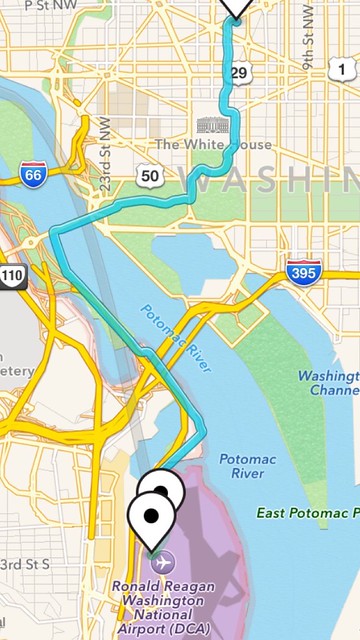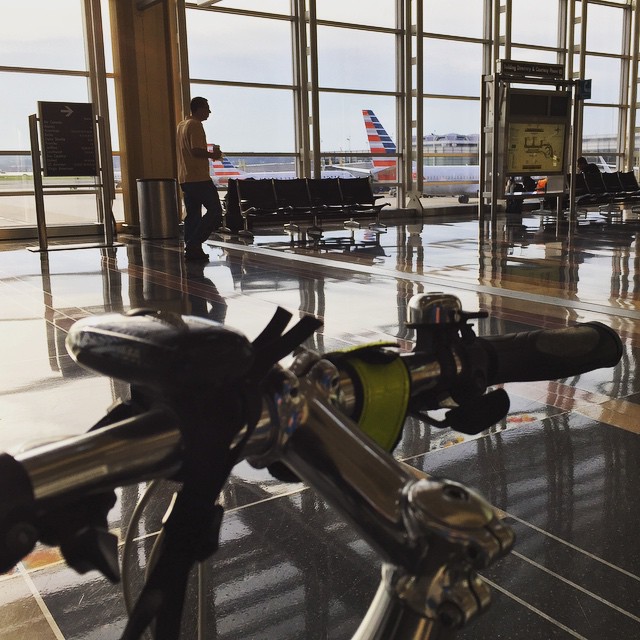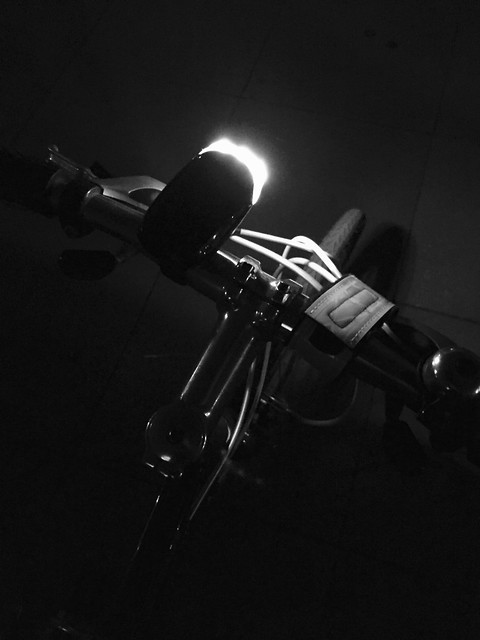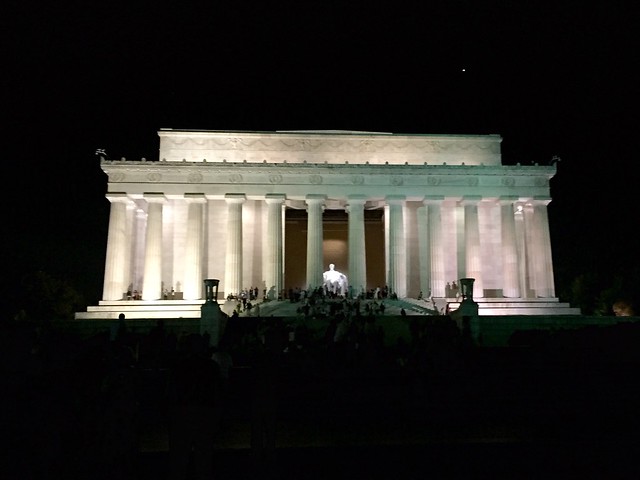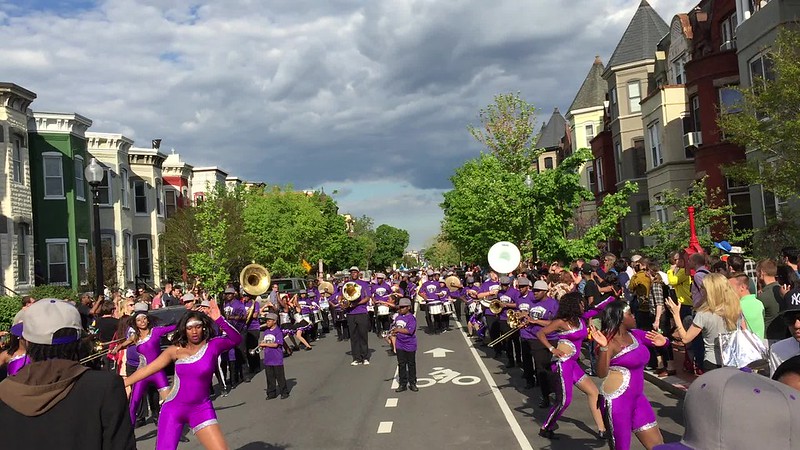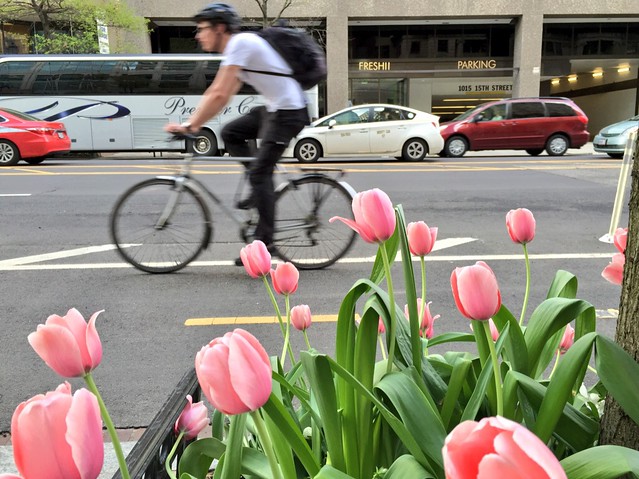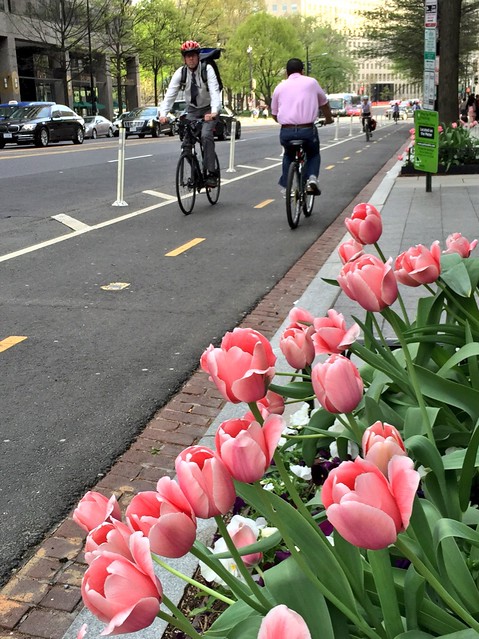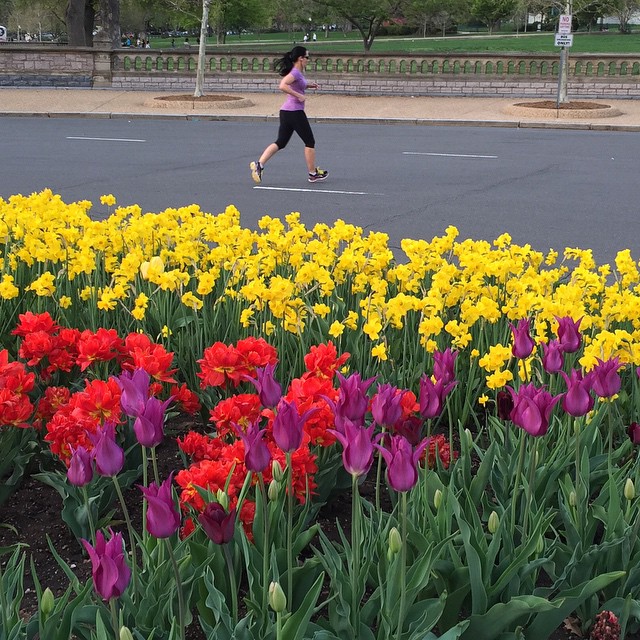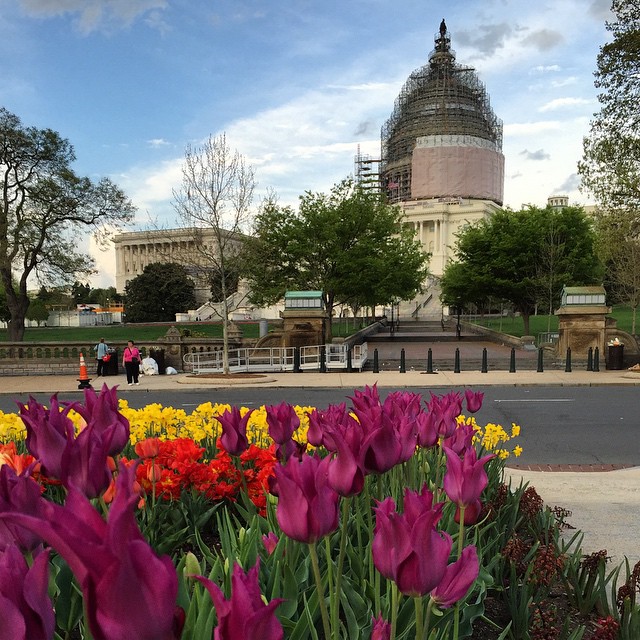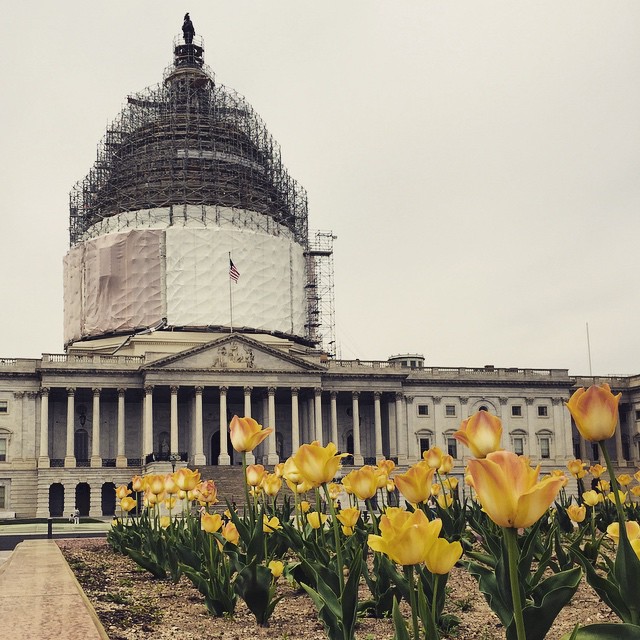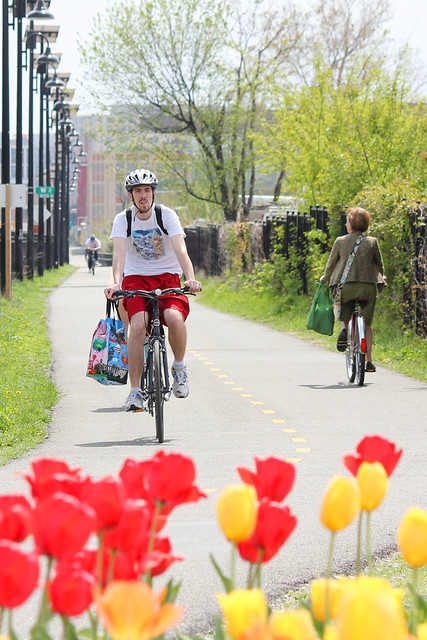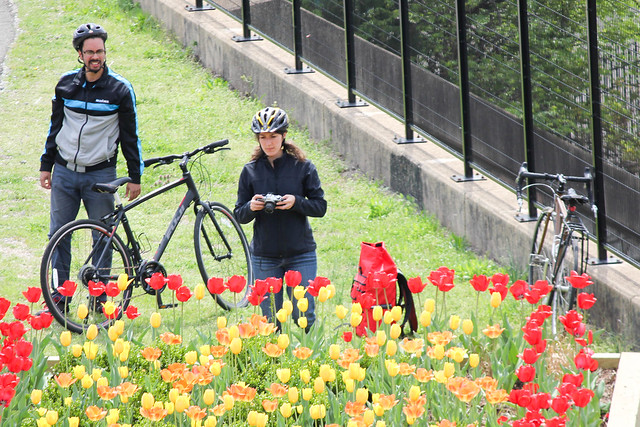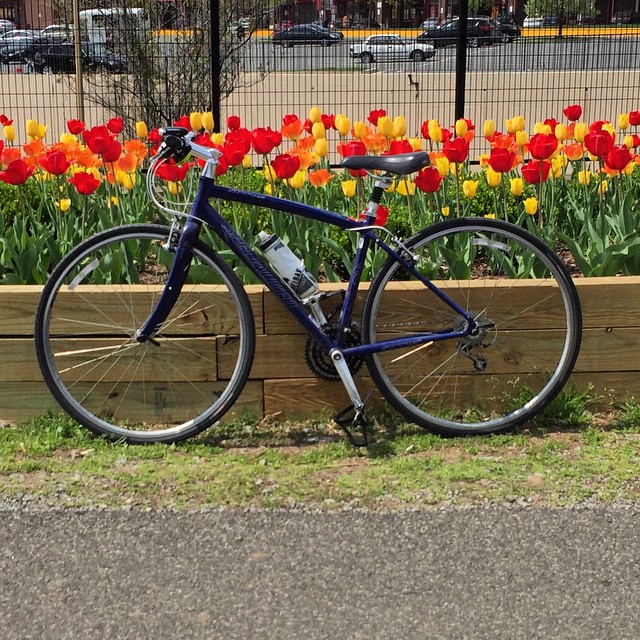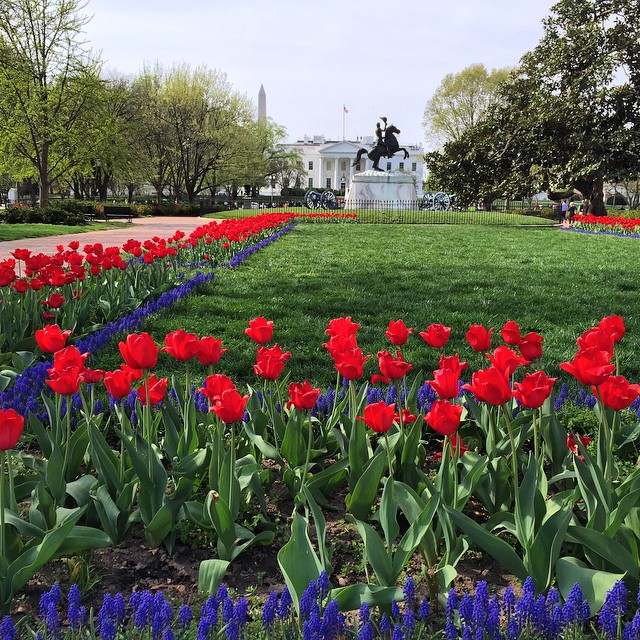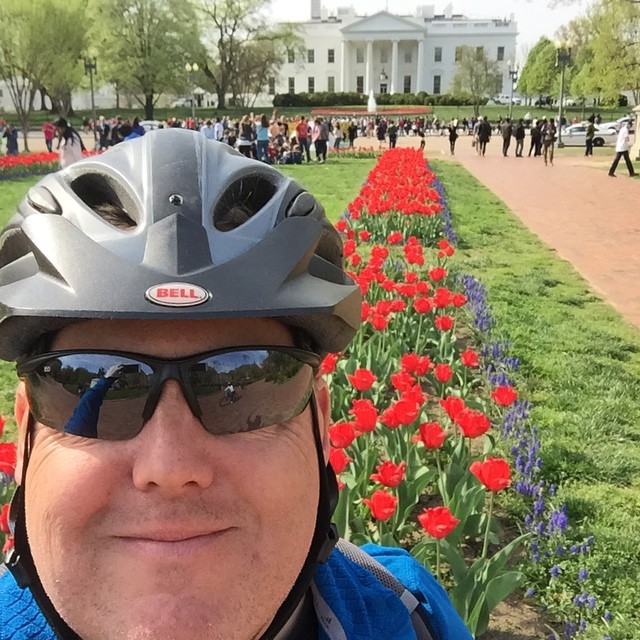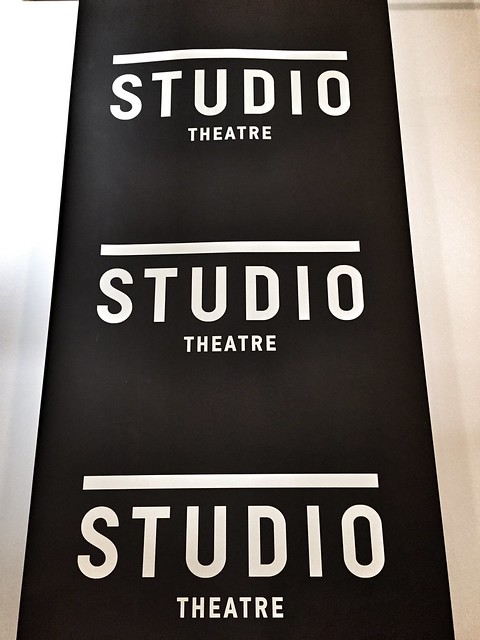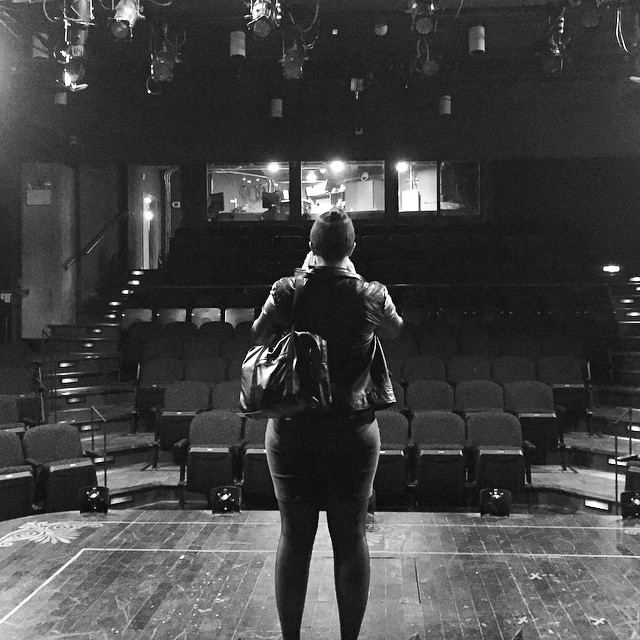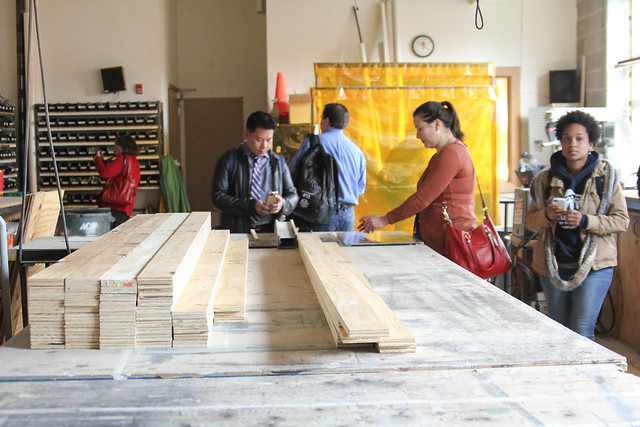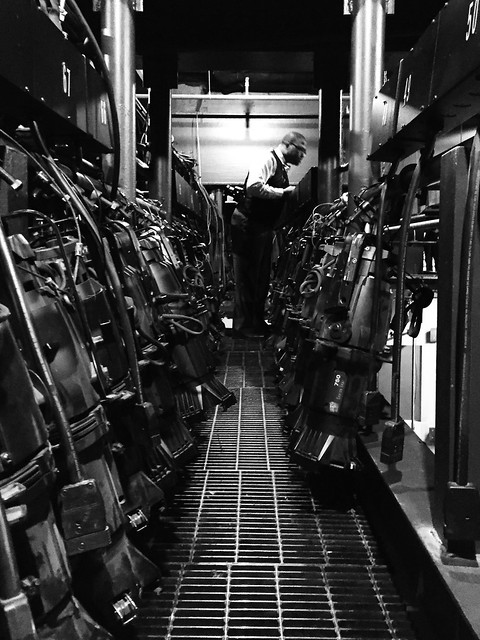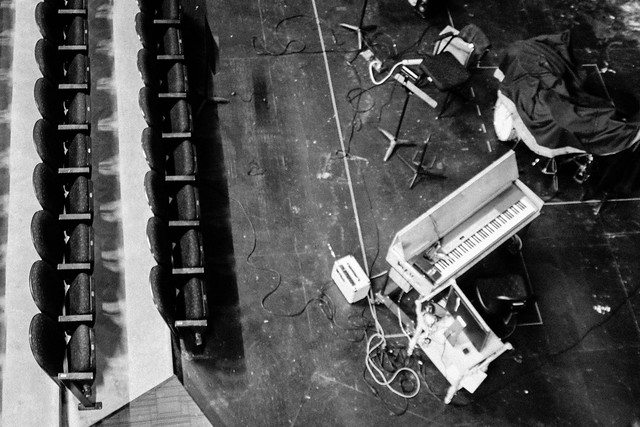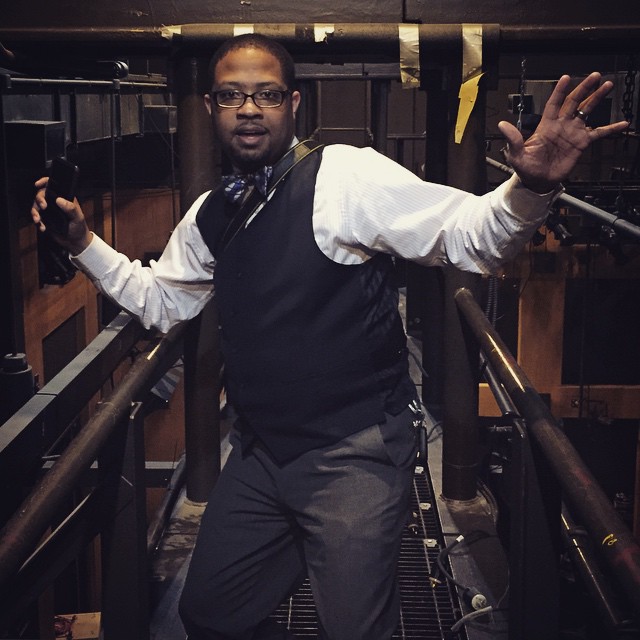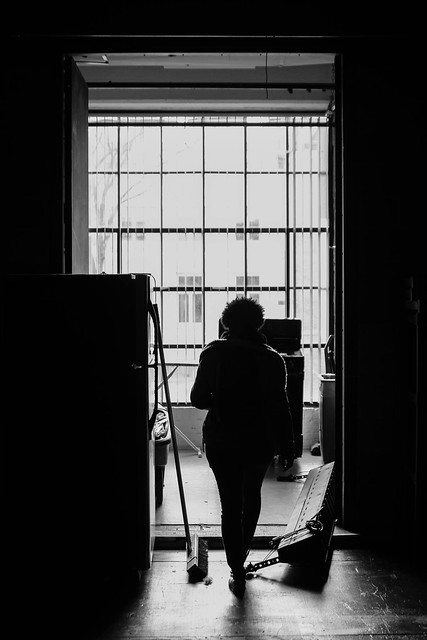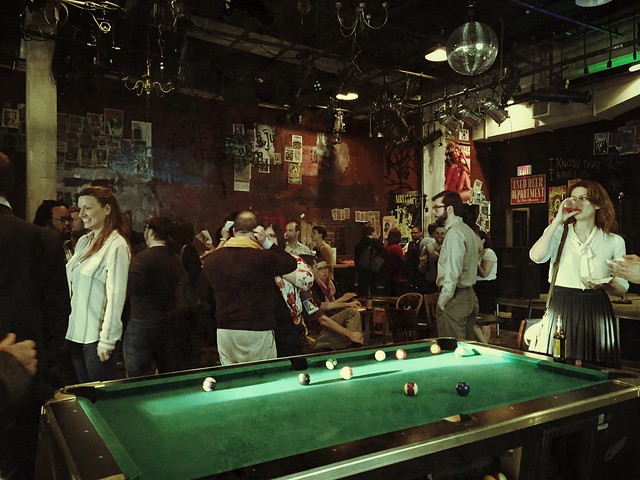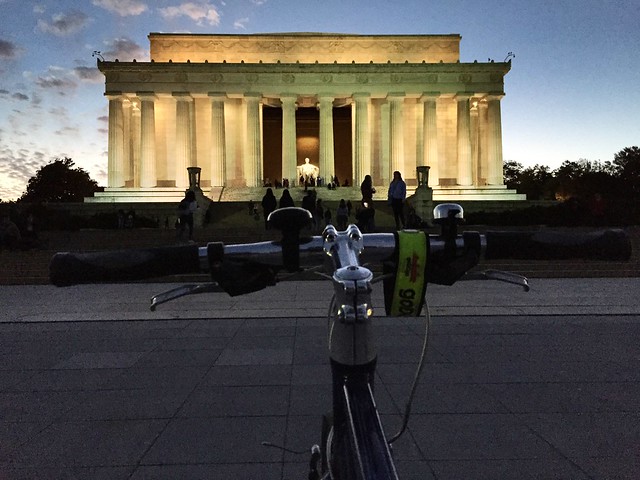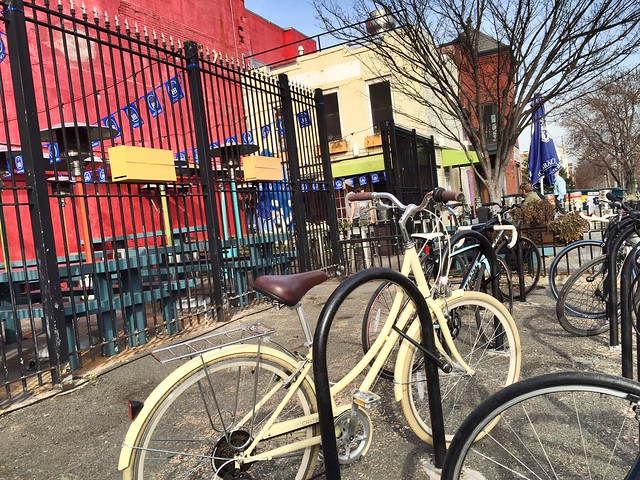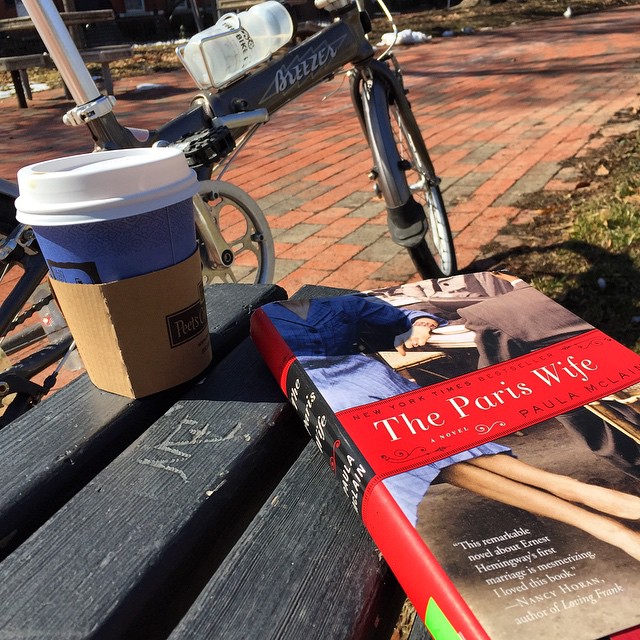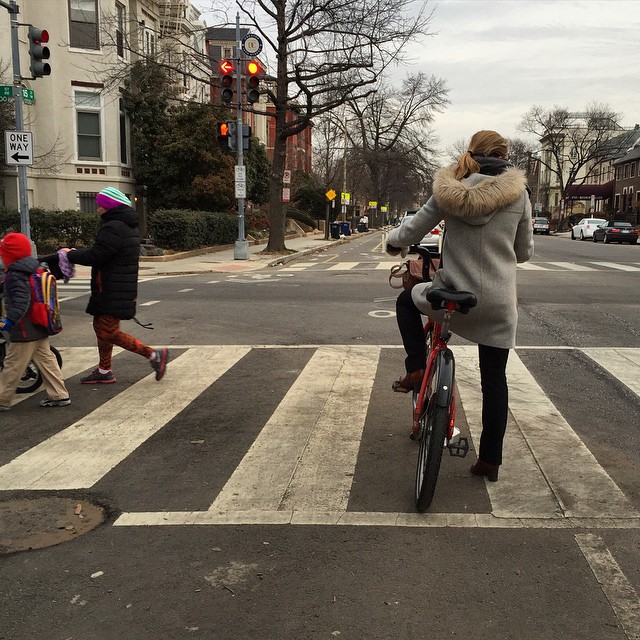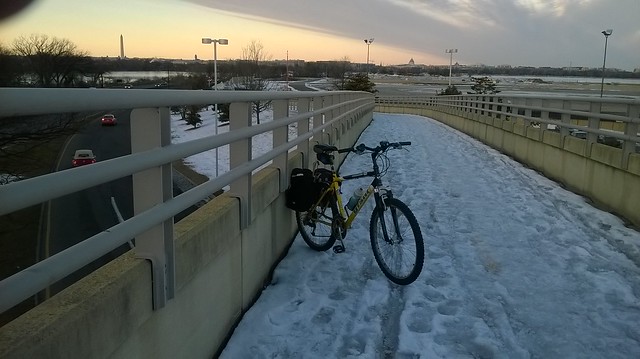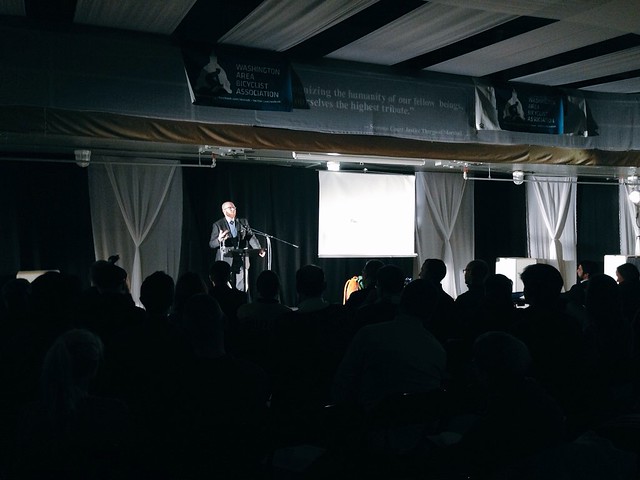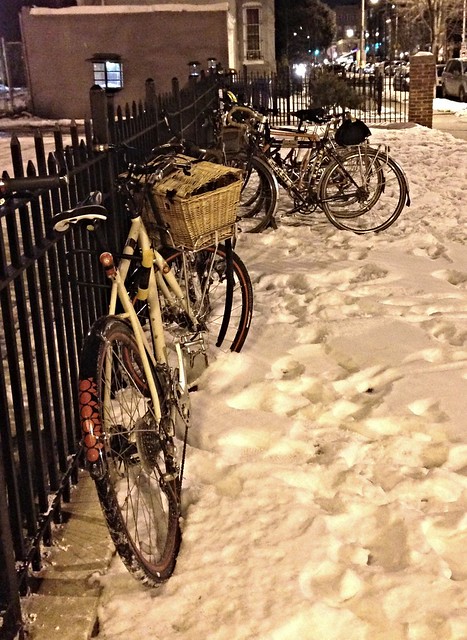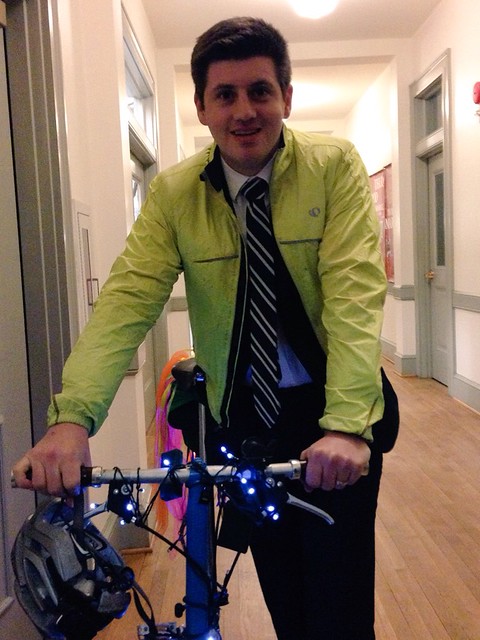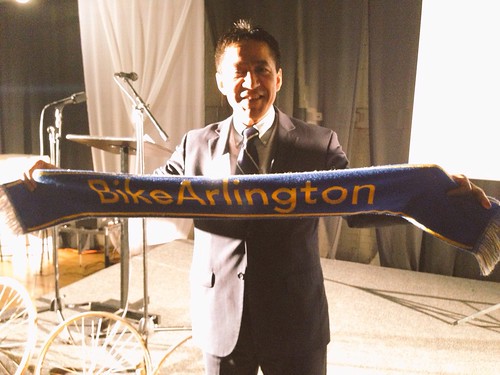According to a recent Harris Interactive study, 63% of consumers who encounter a bad mobile experience from an organization also believe that the organization’s other channels (web, telephone, in-person) will also be disappointing.
In other words, if you suck at mobile, you suck at life. Consumers judge an organization by iPhone. Does your site work on this mobile device? Does it use a responsive design? Can you do everything on a device that you can do on a computer?
That was one of the key insights that stood out for me at Harnessing the Power of Digital Analytics for the HIPPOS, Honchos and Home Team, a symposium put on by the Digital Analytics Association in Rosslyn, VA.
This half-day workshop delved deeply into how individuals and analytics teams can demonstrate how carefully analyzed and reported data can improve the performance of whole organizations, not just websites and digital resources.
Speakers included Rudi Shumpert (Adobe), Kevin Novak (2040 Digital), Steve Mulder and Michelle Bellettiere (NPR), JJ Cramer (Foresee), Amber Zaharchuk (Maas Media) and Brian Keefe (ICF International/ NCI’s Smokefree Project).
The statistic on mobile use came from Kevin Novak’s presentation. It underscores the primacy in mobile when it comes to delivering customer experiences. A good web site is not enough anymore – you need to provide a great iPhone/iPad experience as well.
Over the past five years we’ve gone from no one having a good mobile device to everyone having a great one. Mobile users don’t just use their devices when they’re away from home. iPhones and iPads have become a “second screen” experience, used while people sit on the couch watching TV. You no longer have to get up to use a computer to check something online – you can do it with a swipe of your iPhone.
What’s different about measuring mobile? 67% of mobile users rely on mobile while at home #DAADC #AlwaysOn #digitalmarketing
— Mitko Gerensky (@mitkowebsage) June 4, 2015
Mobile devices have also fostered the rise in social media. As awesome as these social tools are, they’ve moved digital executives away from what’s most important: usability. Actually looking at web analytics restores that focus. It can guide the team to identifying and fixing problems on your web site. Every team should have a digital analyst. The Digital Analytics Association provides certification and other forms of training for aspiring analysts.
500x more data created in 2012 than from the beginning of time to 2003. #DAADC @CRAFTdc @evantheross pic.twitter.com/KdHotzLxTV
— Matthew Atkinson (@Atkinson1864) June 4, 2015
But it’s still a very new field. We’re swamped in data from user interactions and only just beginning now to understand it. Nearly every organization is in the early stages of trying to make sense of their own usage data.
National Public Radio (NPR) provides an example of what the future looks like. With stations around the country, just getting everyone to use Google Analytics was a challenge. Steve and Michelle from NPR created a standard analytics dashboard for station managers, focused on two simple measures:
- Is my audience increasing?
- Is my audience becoming more engaged?
This is a great example of using data to drive decision-making. As they mentioned during their talk:
Data without analysis and storytelling is like food without taste.
It’s the responsibility of analytics professionals to not just report the data. It’s up to them to find meaning in it.
The future of Analytics — where we need to go @RudiShumpert #daadc pic.twitter.com/qFR1C6HiAR
— Anna Long (@webbylytical) June 4, 2015
Data offers objective truth. You may not like that people aren’t visiting the CEO’s blog but the numbers don’t lie. Smart organizations will use this information to adapt. They will evolve from relying on HIPPOs (Highest Paid Person’s Opinion) and make decisions based upon what’s revealed in the analytics.
Thanks to Foresee for sponsoring my attendance for this fascinating forum.


